Monster Hunter Weapons: A Historical Overview
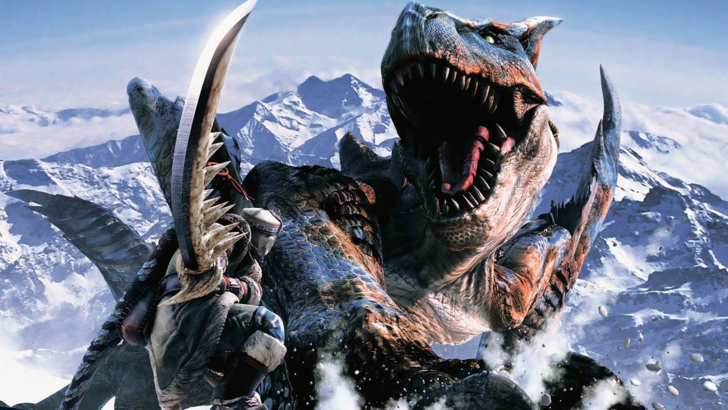
Monster Hunter is renowned for its diverse array of weapon types and engaging gameplay. However, did you know that many weapons from older games haven't made it to the newer releases? Dive into the history of Monster Hunter weapons to uncover more.
← Return to Monster Hunter Wilds' main article
History of Weapon Types in Monster Hunter
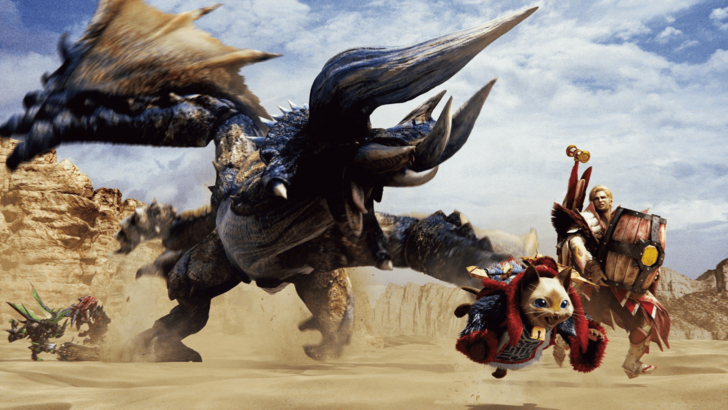
Monster Hunter has been captivating players for over two decades since its debut in 2004. A hallmark of the series is the variety of weapon types available, each offering unique strengths, weaknesses, movesets, and mechanics. Monster Hunter Wilds introduces fourteen distinct weapon types, each requiring mastery to leverage effectively.
The evolution of these weapons showcases significant changes over time. From the Great Sword's initial iteration to its latest version, the differences are substantial. Moreover, some weapons from earlier games never made it to the West. Let's explore the history of Monster Hunter, focusing on the evolution of its weaponry.
First Generation
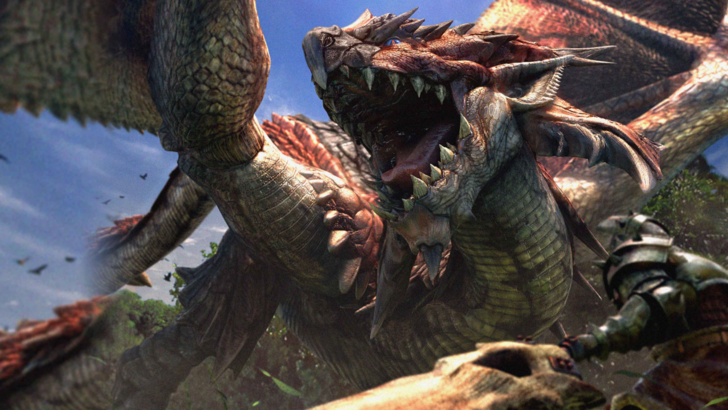
The first generation of Monster Hunter introduced foundational weapons that have since evolved significantly.
Great Sword
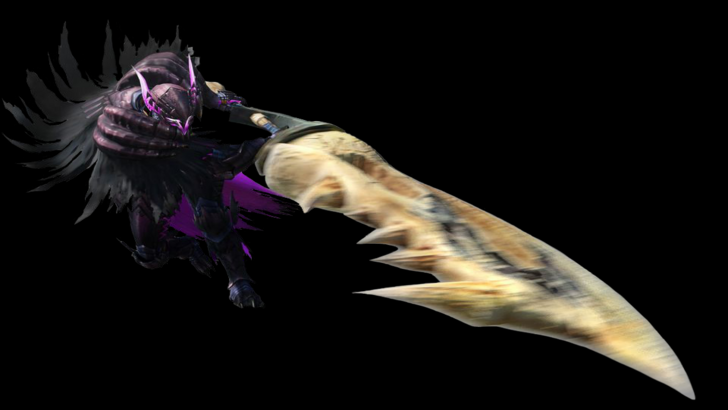
The Great Sword, an iconic powerhouse since the series' inception in 2004, is known for delivering high damage per hit. However, its slow movement and attack speed require strategic hit-and-run tactics. In the original game, the Great Sword's unique feature was that hitting with the middle of the blade dealt more damage than the tip or hilt.
Monster Hunter 2 introduced the Charged Slash, a game-changer that allowed hunters to charge their attack up to three levels for devastating swings. Subsequent games enhanced the weapon's combo flow and introduced new attacks like the shoulder tackle in Monster Hunter World, enabling faster access to charged attacks. The Great Sword remains a weapon with a low skill floor but a high skill ceiling, rewarding precision and timing.
Sword and Shield
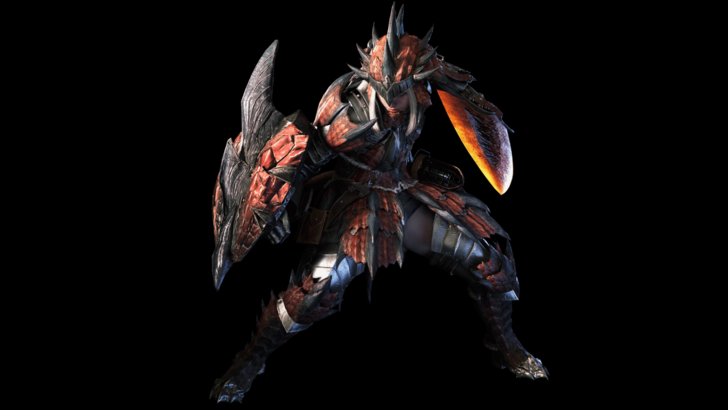
The Sword and Shield epitomizes versatility, offering balanced damage, quick combos, and good mobility. Initially seen as a beginner's weapon due to its straightforward gameplay, it has evolved with added mechanics and attacks. In Monster Hunter 2, the ability to use items without sheathing the weapon was a significant enhancement.
Over time, the weapon's moveset expanded with additions like the shield bash combo in Monster Hunter 3, backstep and jumping attacks in Monster Hunter 4, and the Perfect Rush combo and aerial finishers in Monster Hunter World and Monster Hunter Rise. The Sword and Shield remains an underrated yet deeply rewarding weapon due to its versatility and depth.
Hammer
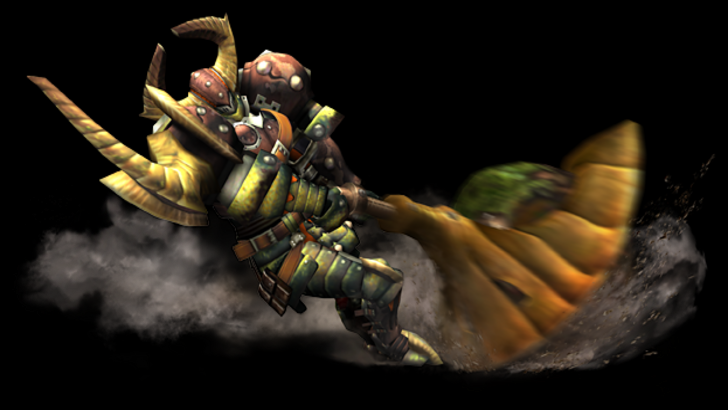
The Hammer, focusing on blunt damage, is essential for breaking monster parts and achieving knockouts. Its playstyle, similar to the Great Sword's hit-and-run approach, benefits from surprising mobility and a unique charge mechanic allowing movement during charging.
The Hammer's moveset has seen significant changes, notably in Monster Hunter World and Monster Hunter Rise, with the introduction of Big Bang and Spinning Bludgeon attacks. These additions, along with the Strength and Courage modes, deepen the gameplay, requiring players to switch modes strategically to maximize damage.
Lance
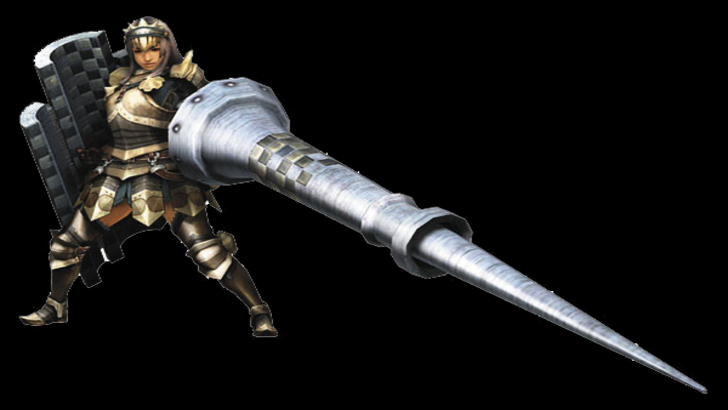
The Lance embodies the principle that a strong defense can be an effective offense. With its long reach and robust shield, it excels at blocking attacks and maintaining a defensive stance. Its playstyle focuses on poking at a distance while staying safe behind the shield.
The Lance's design has evolved with the addition of a Counter mechanic, enhancing its outboxer identity. While often seen as less flashy, the Lance's unique defensive capabilities make it a formidable choice for players who prefer a more stationary and strategic approach.
Light Bowgun
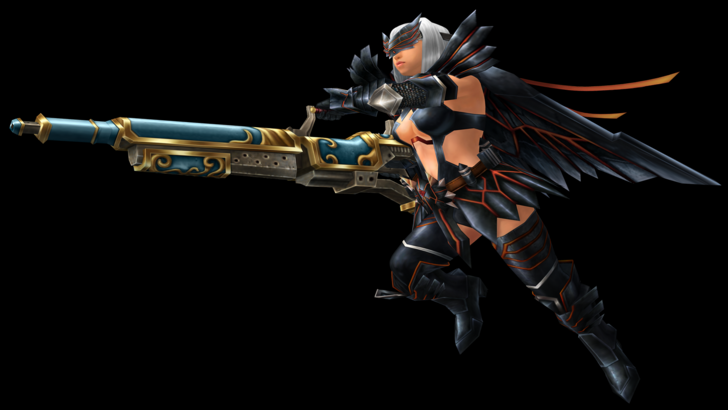
The Light Bowgun, a ranged weapon since the first generation, offers mobility and quick reloads. Its smaller size allows for easier handling and safer gameplay compared to its heavier counterpart. However, this comes at the cost of less firepower and limited ammunition types.
Customization options like long barrels and silencers enhance its adaptability. The introduction of the Critical Distance mechanic in Monster Hunter 4 added depth to ranged gameplay, while Monster Hunter World's Wyvernblast further expanded its offensive capabilities. The Light Bowgun remains a versatile and user-friendly option for ranged combat.
Heavy Bowgun

The Heavy Bowgun, introduced in the first generation, is a powerhouse of ranged damage with the ability to use most special ammunition types. Its size and weight, however, limit mobility, requiring a more stationary approach.
The introduction of Siege Mode in Monster Hunter 3 allowed for sustained firing without reloading, while Monster Hunter World added special ammunition types like Wyvernheart and Wyvernsnipe. The Heavy Bowgun's intricate preparation and ammunition crafting add a strategic layer to its gameplay, making it ideal for players who enjoy planning and execution.
Dual Blades

The Dual Blades, known for their speed and ability to inflict status ailments, were introduced in the Western release of the first game. Their gameplay focuses on fast, fluid combos, offering death by a thousand cuts.
The Demon Mode, introduced early in the series, boosts damage and offensive capabilities at the cost of stamina. Monster Hunter Portable 3rd and Monster Hunter 3 Ultimate introduced the Demon Gauge and Archdemon Mode, enhancing the weapon's versatility and strategic depth. The Dual Blades remain a favorite for players who enjoy fast-paced, high-damage playstyles.
Second Generation

The second generation of Monster Hunter games introduced new weapons, each building on the mechanics of their predecessors.
Long Sword
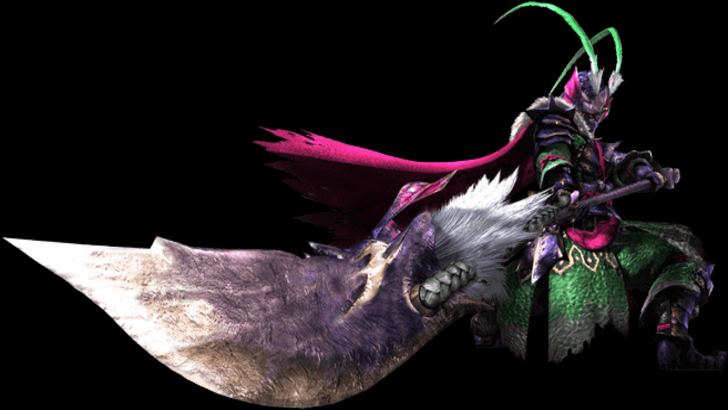
The Long Sword, introduced in Monster Hunter 2, combines high damage with fluid combos and increased mobility compared to the Great Sword. Its core mechanic, the Spirit Gauge, allows access to powerful Spirit Combos when filled.
Monster Hunter 3 enhanced the Spirit Gauge with new levels and the Spirit Roundslash finisher, while Monster Hunter World introduced the Spirit Thrust Helm Breaker and the Foresight Slash parry. The Long Sword's evolution into a more counter-based weapon has made it a dynamic choice for players who enjoy strategic combat.
Hunting Horn

The Hunting Horn, a support weapon introduced in Monster Hunter 2, uses Recital mechanics to play beneficial songs. Its impact damage is crucial for stunning monsters, though generally weaker than the Hammer.
Improvements to the Recital mechanic allowed for more fluid transitions between supporting and attacking. Monster Hunter World introduced song queuing and Echo Notes, enhancing the weapon's versatility. Monster Hunter Rise overhauled the weapon for simpler use, though this change was divisive among players.
Gunlance
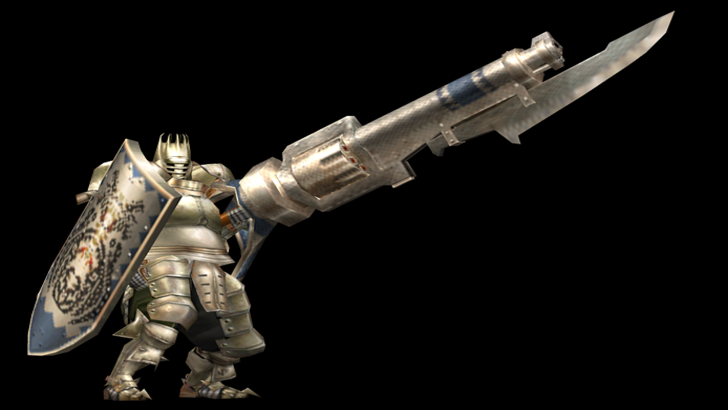
The Gunlance, introduced in the second generation, blends the Lance's defensive capabilities with explosive shelling. Its unique Shelling Abilities and the Wyvern's Fire finisher add a strategic layer to its aggressive playstyle.
Monster Hunter 3 introduced the quick reload mechanic and Full Burst attack, while Monster Hunter X added the Heat Gauge to balance damage and overheating. Monster Hunter World's Wyrmstake Shot further enhanced its offensive capabilities. The Gunlance's unique mechanics make it a challenging yet rewarding weapon to master.
Bow

The Bow, introduced in Monster Hunter 2, excels at close-to-mid-range combat with its mobility and combo-based attacks. Its chargeable shots and various Coatings allow for strategic damage and status effects.
Monster Hunter World streamlined the Bow's moveset, making it more universal and combo-heavy. Monster Hunter Rise reintroduced Shot Types tied to charge levels, enhancing its aggressive playstyle. The Bow remains a versatile choice for players who enjoy dynamic ranged combat.
Third and Fourth Generation
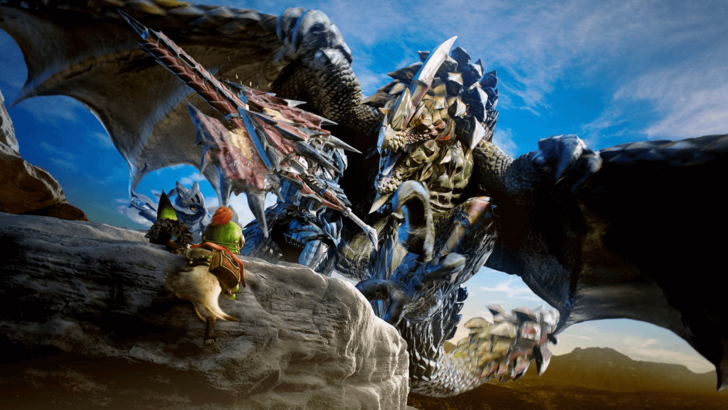
The third and fourth generations introduced innovative weapons with unique mechanics.
Switch Axe

The Switch Axe, introduced in Monster Hunter 3, features two modes: Axe Mode for mobility and reach, and Sword Mode for higher damage and Elemental Discharge. Its morphing capabilities were enhanced in Monster Hunter World with the Amped mechanic, empowering Sword Mode.
Monster Hunter Rise further improved the Amped state, applying it to both forms. The Switch Axe's dynamic gameplay and explosive potential make it a unique addition to the series.
Insect Glaive

The Insect Glaive, introduced in Monster Hunter 4, excels in aerial combat and utilizes a Kinsect to collect essences for buffs. Its unique ability to mount monsters quickly sets it apart.
While its core gameplay has remained consistent, enhancements like the Descending Thrust finisher in Monster Hunter World: Iceborne and simplified Kinsect upgrades in Monster Hunter Rise have improved its accessibility. The Insect Glaive's aerial prowess and buff system make it a favorite for players seeking a unique playstyle.
Charge Blade

The Charge Blade, introduced in Monster Hunter 4, combines the versatility of Sword Mode and the power of Axe Mode. Its complex mechanics, including Guard Points and Phial management, make it a challenging weapon to master.
The Charge Blade's ability to charge Phials in Sword Mode and unleash them in Axe Mode with the Amped Elemental Discharge offers rewarding gameplay for those who invest time in learning its intricacies.
Will There Be More?

Monster Hunter Wilds features fourteen weapons, but the series has a rich history of introducing new weapons in each iteration. With the series' longevity, future games may introduce new weapons or bring back those from previous releases. As a fan, I look forward to seeing how the series continues to evolve, even if I remain loyal to the Sword and Shield.
You may also like...

-
 Mar 17,25All Split Fiction Achievements & How to Unlock Them Dive into the captivating co-op adventure Split Fiction from Hazelight Studios! This guide outlines every achievement, ensuring you and your partner conquer every challenge. While some trophies are earned naturally through the story, many require thorough exploration and unique actions. Use this g
Mar 17,25All Split Fiction Achievements & How to Unlock Them Dive into the captivating co-op adventure Split Fiction from Hazelight Studios! This guide outlines every achievement, ensuring you and your partner conquer every challenge. While some trophies are earned naturally through the story, many require thorough exploration and unique actions. Use this g -
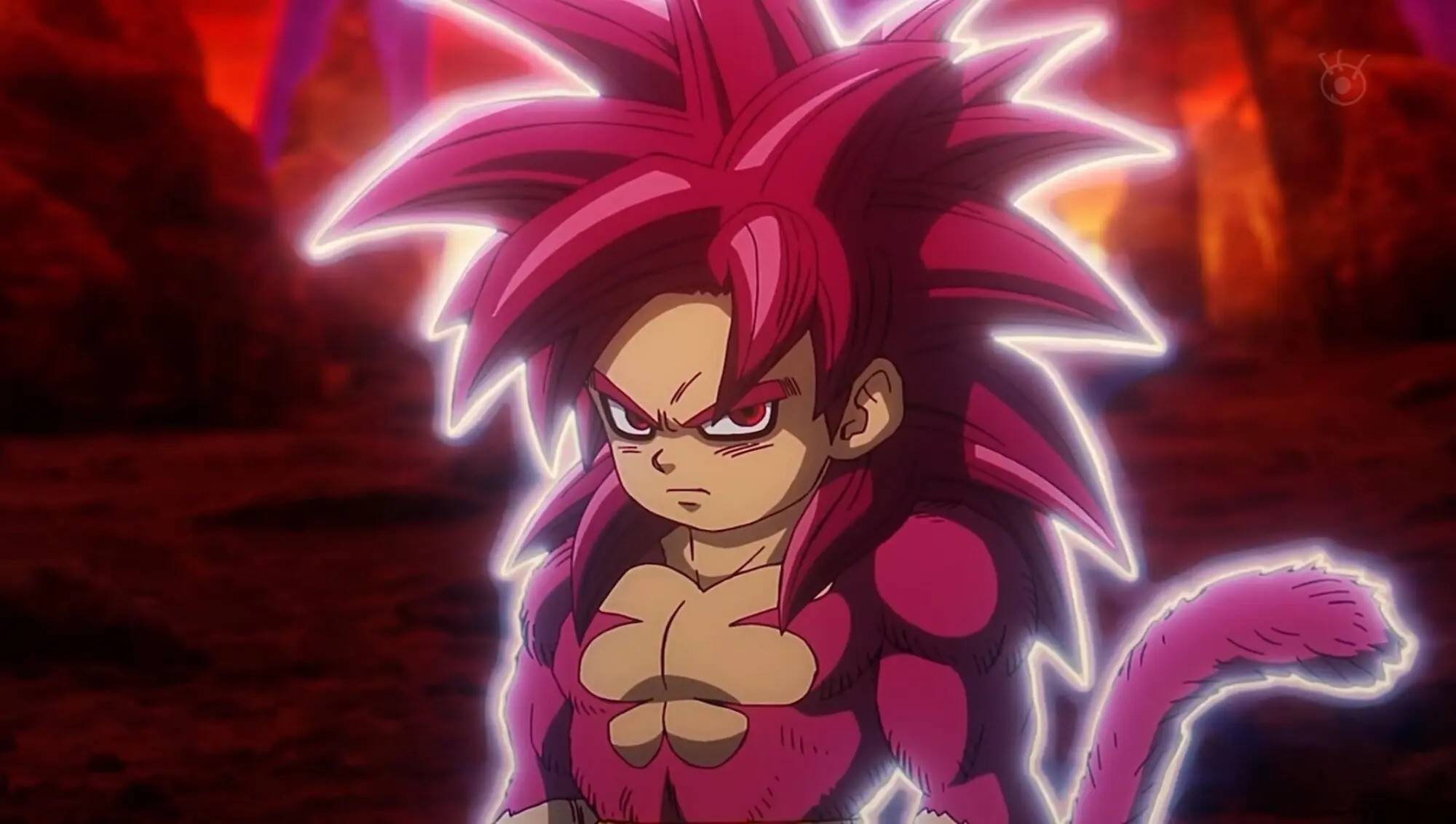 Mar 19,25How Does Dragon Ball Daima’s Finale Explain Goku Never Using Super Saiyan 4 in Super? The climactic battle in Dragon Ball Daima's finale pits Gomah against Goku, showcasing Goku's newly acquired form. This episode naturally led many fans to anticipate an explanation for Super Saiyan 4's absence in Super. So, how does the finale address this?In episode 19, after Glorio's wish restore
Mar 19,25How Does Dragon Ball Daima’s Finale Explain Goku Never Using Super Saiyan 4 in Super? The climactic battle in Dragon Ball Daima's finale pits Gomah against Goku, showcasing Goku's newly acquired form. This episode naturally led many fans to anticipate an explanation for Super Saiyan 4's absence in Super. So, how does the finale address this?In episode 19, after Glorio's wish restore -
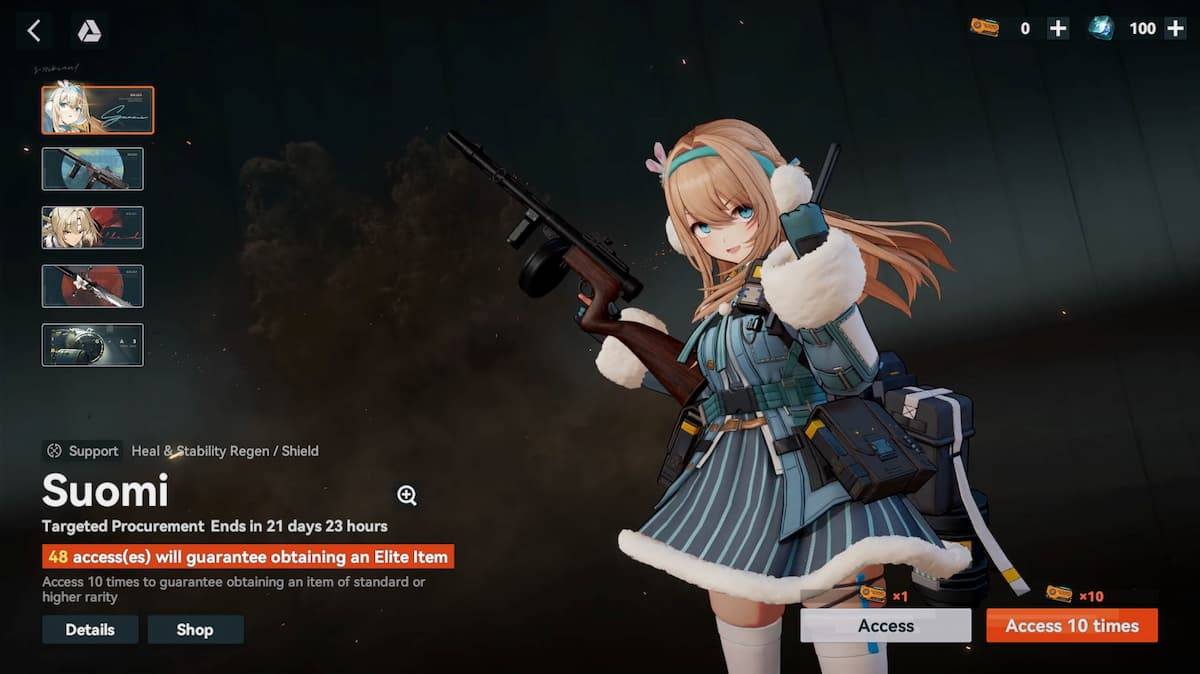 Jan 16,25Girls' Frontline 2: Exilium Tier List Released Another free-to-play gacha game, another character ranking to guide your investment choices. This Girls’ Frontline 2: Exilium character tier list helps you prioritize which characters are worth your resources. Girls’ Frontline 2: Exilium Character Tier List Here's a breakdown of currently available
Jan 16,25Girls' Frontline 2: Exilium Tier List Released Another free-to-play gacha game, another character ranking to guide your investment choices. This Girls’ Frontline 2: Exilium character tier list helps you prioritize which characters are worth your resources. Girls’ Frontline 2: Exilium Character Tier List Here's a breakdown of currently available -
 Feb 19,25First Season of Marvel Rivals Charts the Course Marvel Rivals Season 1: A New York City Nightscape of Maps Marvel Rivals Season 1 continues to expand its content, adding new maps themed around a nocturnal New York City alongside the Fantastic Four heroes and cosmetics. This guide details each new map. Table of Contents Empire of Eternal Night: M
Feb 19,25First Season of Marvel Rivals Charts the Course Marvel Rivals Season 1: A New York City Nightscape of Maps Marvel Rivals Season 1 continues to expand its content, adding new maps themed around a nocturnal New York City alongside the Fantastic Four heroes and cosmetics. This guide details each new map. Table of Contents Empire of Eternal Night: M
